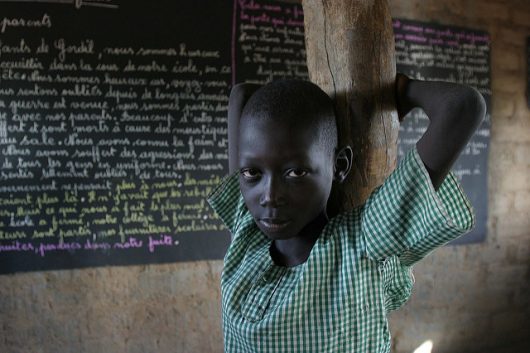Developing Gender-Responsive Education
 The Guidance for Developing Gender-Responsive Education Sector Plans began in January 2017. It is a dual effort by the United Nations Girls’ Education Initiative and the Global Partnership for Education. UNICEF also supports the project.
The Guidance for Developing Gender-Responsive Education Sector Plans began in January 2017. It is a dual effort by the United Nations Girls’ Education Initiative and the Global Partnership for Education. UNICEF also supports the project.
The multicomponent document has roots in the United Nations’ 2015 Sustainable Development Goals (SDG).
The fourth goal, in particular, focuses on changes in education. The SDG outlines 17 goals for improving global education and eradicate factors that compromise academic opportunities for men, women and children in developing nations by 2030.
The Guidance for Developing Gender-Responsive Education Sector Plans aims to cultivate gender equality by implementing and enforcing gender-sensitive policies in schools and other learning environments. It also intends to target both country-level and global and regional-level actors.
The Guide consists of nine interwoven modules grouped into four major categories: Gender Framework, Gender Analysis, Plan Preparation and Plan Appraisal. Here is a summary of the nine modules:
- Module 1: Gives educators the opportunity to set or reconfirm credible gender-responsive goals based on vision and viability
- Module 2: Understanding the legal, political, social and economic makeup of a country and how these variables affect gender inequalities in the educational system
- Module 3: An analysis of current education policies and how the resulting achievements and drawbacks can be used to improve future approaches to policy advocacy
- Module 4: Understand gender-disparity in education based on quantitative and qualitative data
- Module 5: Understanding the local government’s capabilities in addressing gender equality in the educational system
- Module 6: Involving all stakeholders in the planning process to ensure engagement and accuracy in future planning
- Module 7: With reference to modules two through six, develop practical guidelines for the implementation of strategies for addressing gender inequalities
- Module 8: Comprehending the cost involved in implementing the proposed strategies and making informed decisions with funding in mind
- Module 9: Fully understanding how gender inequalities in education are evolving and how to ensure the success of education sector plans in the future
These modules combine to outline a plan that aims to level the playing field and neutralize the current gender disparity in educational outlets in developing countries.
The Guidance for Developing Gender-Responsive Education Sector Plans are currently implemented in Eritrea, Guinea and Malawi. If they prove successful, perhaps these initiatives will continue worldwide.
– Sloan Bousselaire
Photo: Flickr
